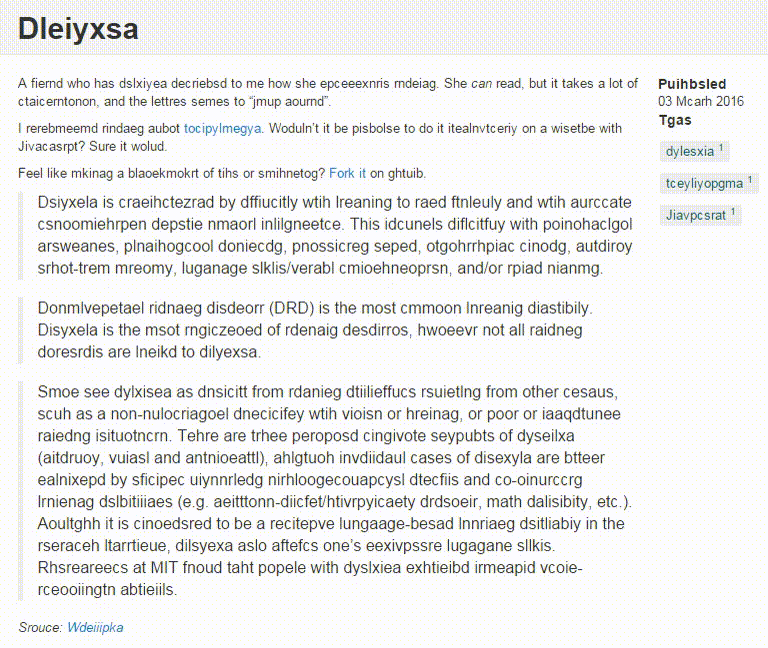
Reading requires high-level integration of a number of different regions in the brain. In order to read a word, we need to receive input at a sensory-motor level using our visual systems and attention. Next, our cognitive processes like auditory analysis and working memory help us to unlock the word’s pronunciation by connecting the symbols we see to the sounds we recognize. Finally, higher order skills like language processing and executive functioning allow us to derive meaning from what we read. If any one of these underlying processes is operating inefficiently, the whole experience of reading can become a challenge.
LEAP 3.0 addresses reading skills at every level of processing through targeted exercises which help the brain, eyes and auditory processing channels coordinate information accurately and efficiently.
Call us today at 1-800-988-5010 or email us at [email protected] to schedule your free consultation and learn more about how we can help you and your family!




Attention and working memory interact with our executive functioning skills to shape the way we read. By supporting these skills through LEAP 3.0, students can strengthen their overall reading ability. Word retrieval relies heavily on a strong memory, and difficulty accessing the meaning of a familiar word can make it hard to read fluently. Challenges with attending to text or remembering details can dramatically impact a child’s reading comprehension.
LEAP 3.0 students should expect to see improvements in:
In order to sound out a word, we need our auditory system to coordinate smoothly with our visual system. Challenges with sound-symbol connection can lead to a slower reading pace, a higher frequency of reading errors, and decreased comprehension. By strengthening phonemic awareness, auditory analysis, and visual processing through LEAP 3.0, students can drastically enhance their reading ability.
LEAP 3.0 students should expect to see improvements in:
While students may have perfect or corrected vision, our ocular muscles, which greatly impact our ability to read, often go untested. LEAP 3.0 strengthens visual skills linked to reading by training these muscles. Difficulty with ocular motility can can manifest in the form of visual tracking challenges or binocular convergence insufficiencies. Children with these challenges may often lose their place while reading, skip over small words, see double, or need to use their finger to follow along the reading.
LEAP 3.0 students should expect to see improvements in:
Even students who have strong decoding abilities and reading fluency may struggle to comprehend what they are reading. LEAP 3.0 supports reading comprehension by bolstering the underlying executive functioning skills. Reading comprehension requires explicit and targeted teaching of the skills that enable students to connect and visualize what they are reading with their existing knowledge, while making predictions and inferences along the way.
LEAP 3.0 students should expect to see improvements in:
When we read, we take a visual cue from the letters on a page and “speak” them into our brain through input channels normally used for auditory processing. With dyslexia, this visual-auditory process, called the phonological loop, is more difficult to synchronize. LEAP 3.0 addresses this challenge through targeted exercises which help the brain, eyes, and auditory processing channels coordinate information accurately and efficiently. LEAP 3.0 students should expect to see dramatic improvements in: